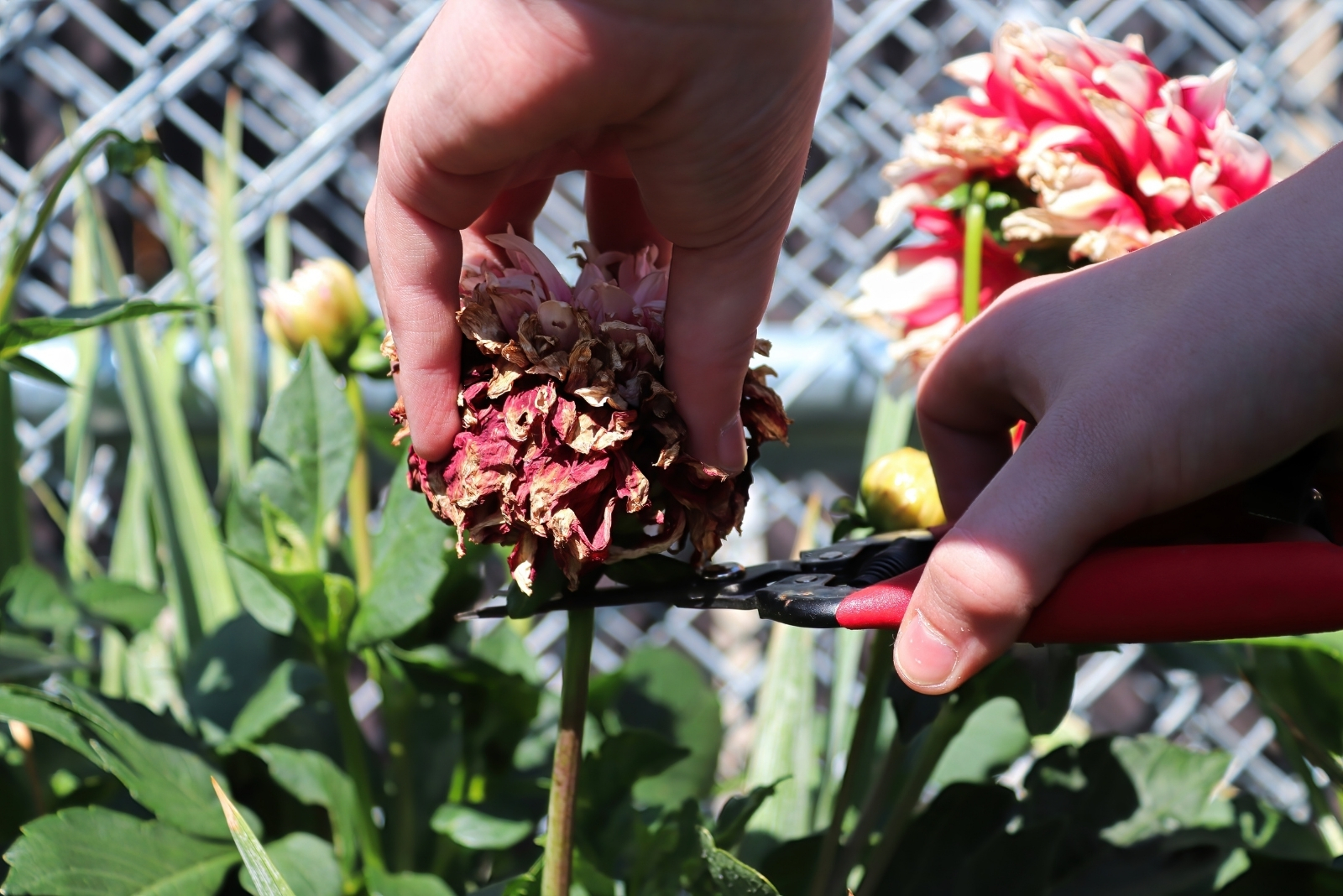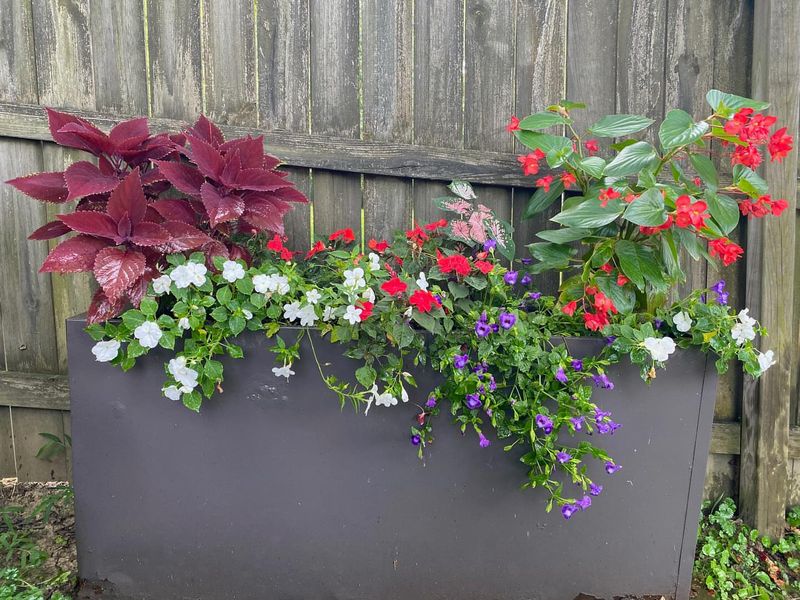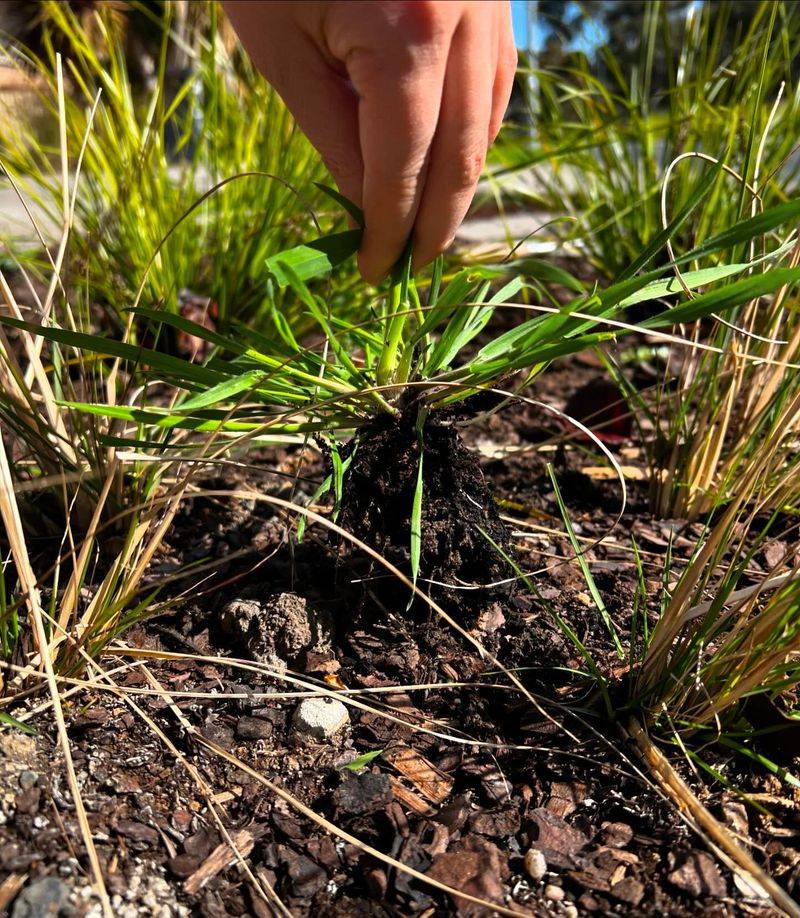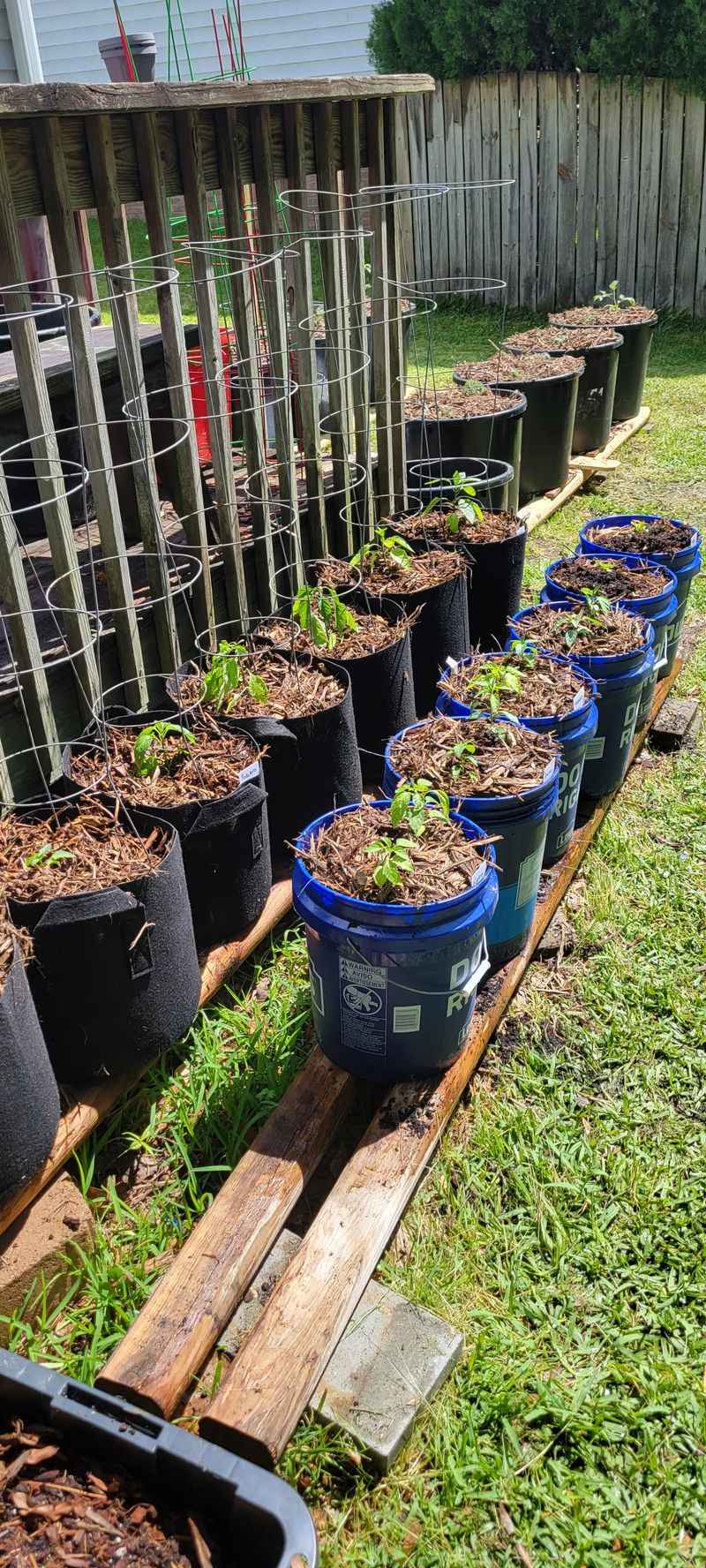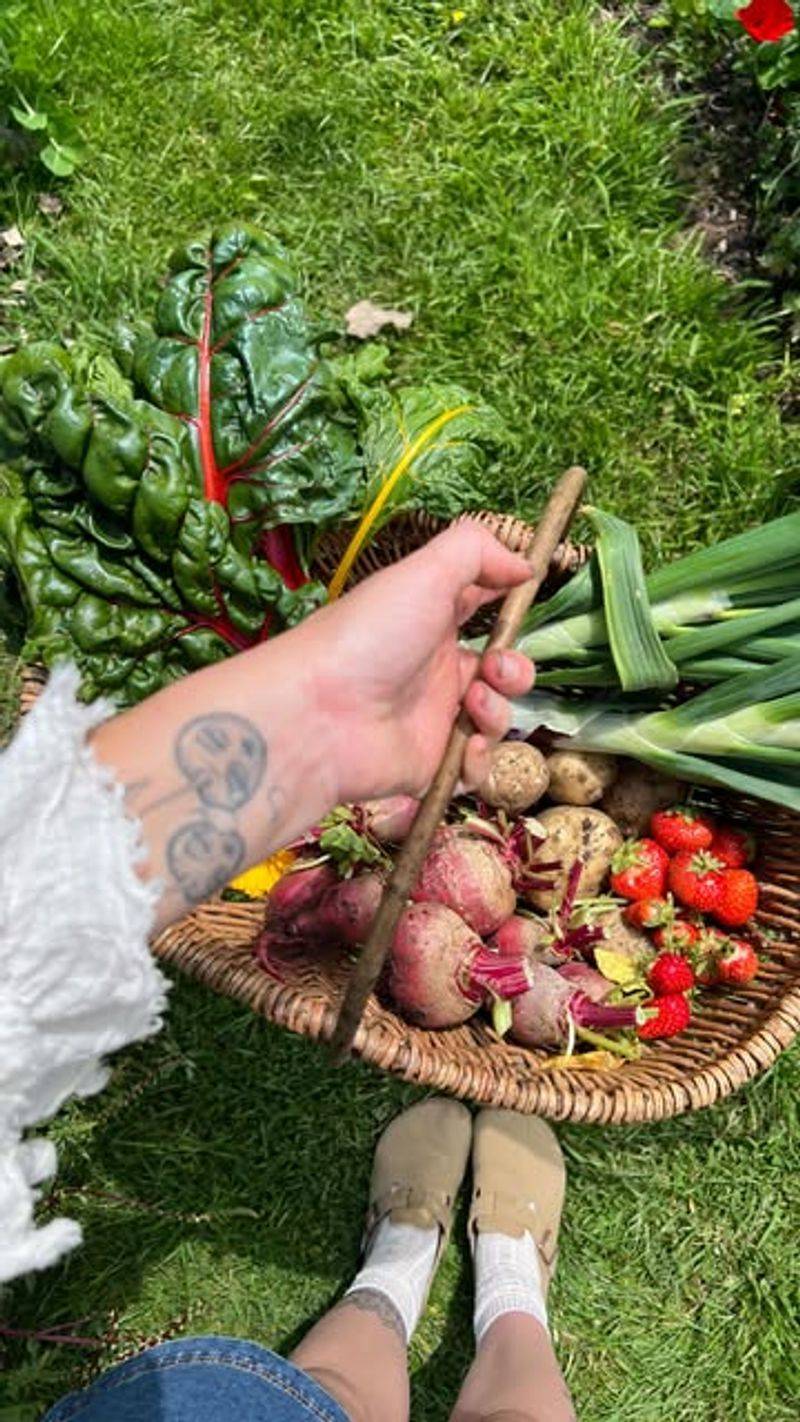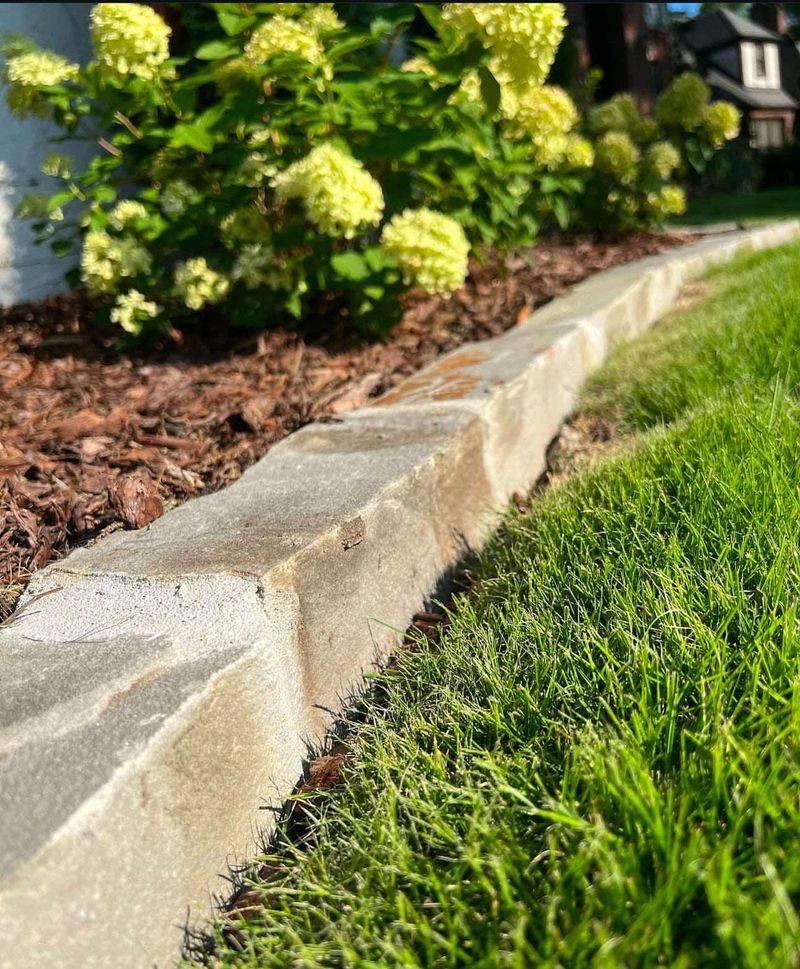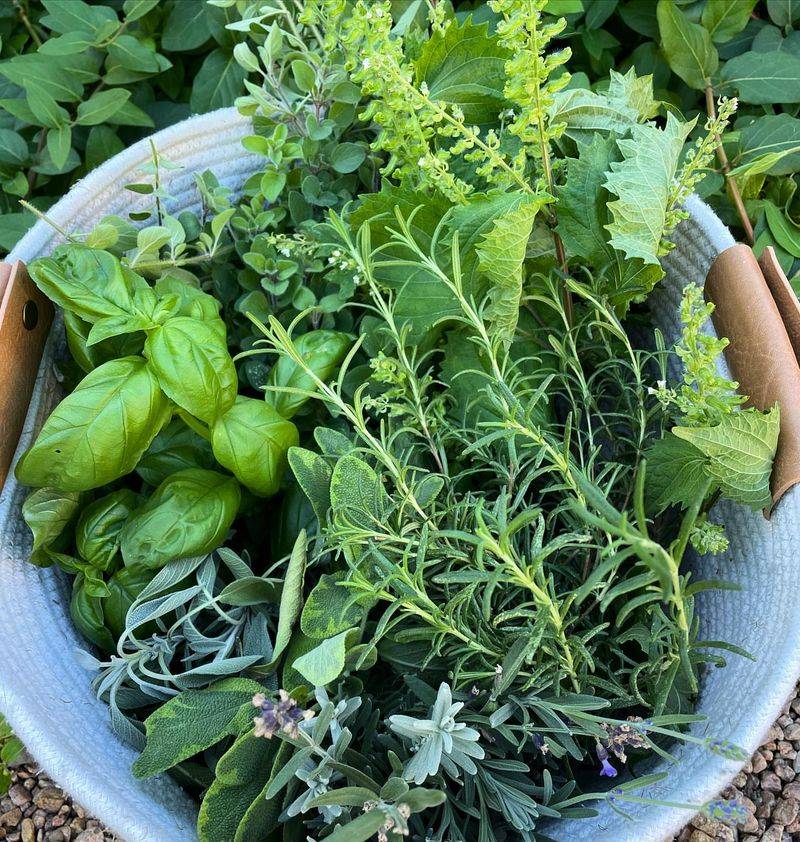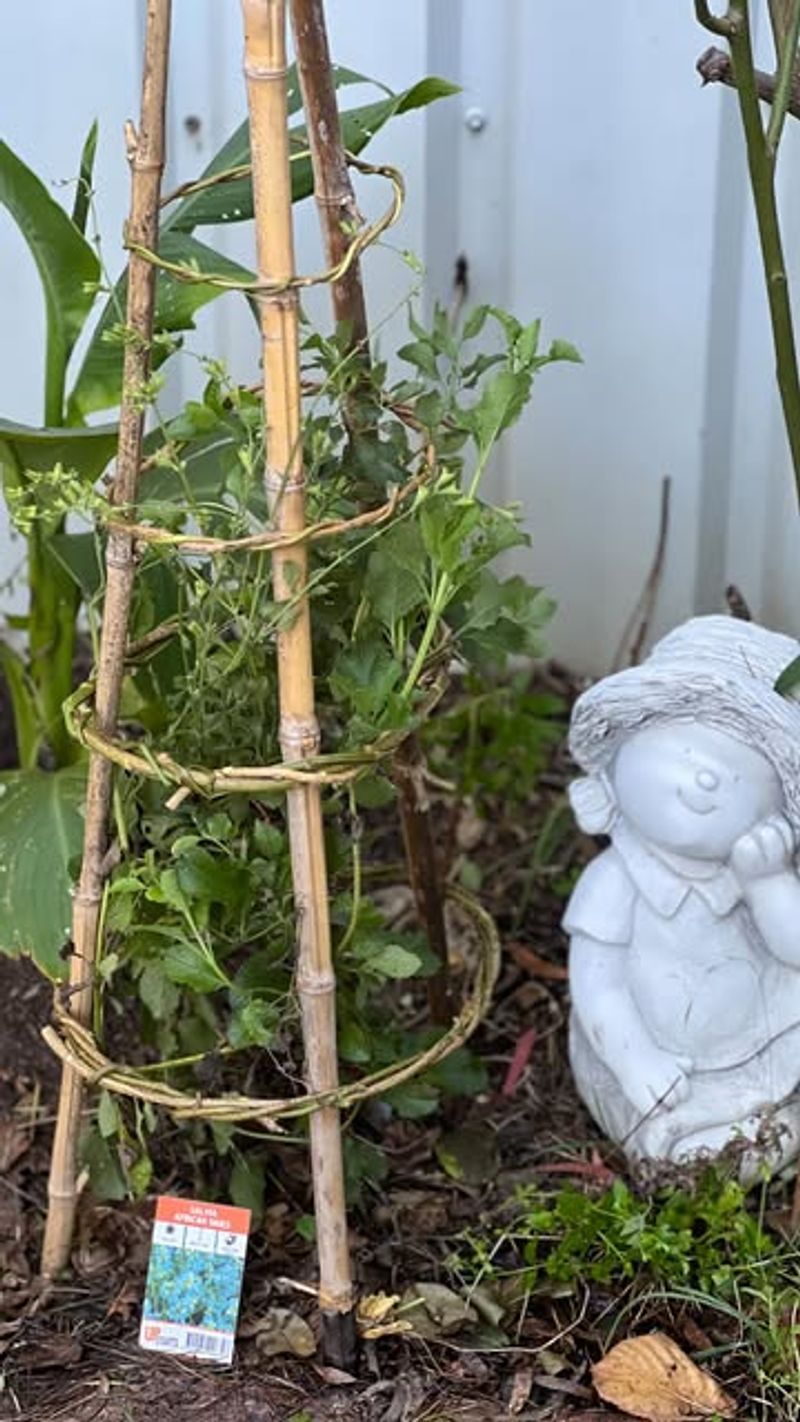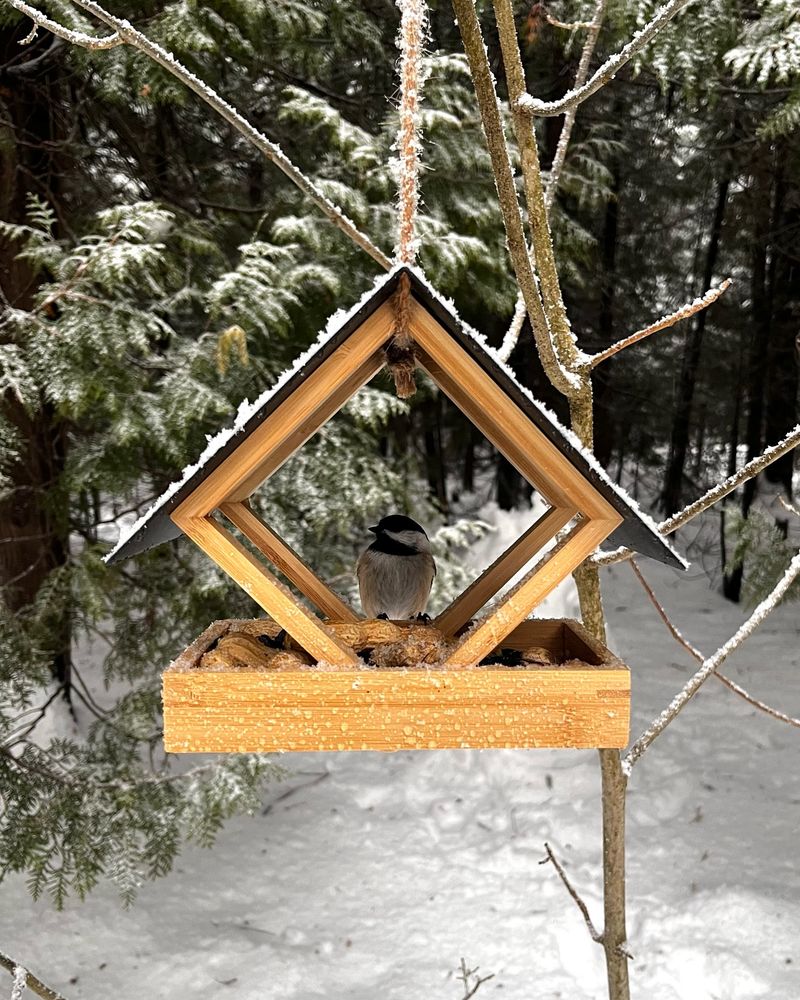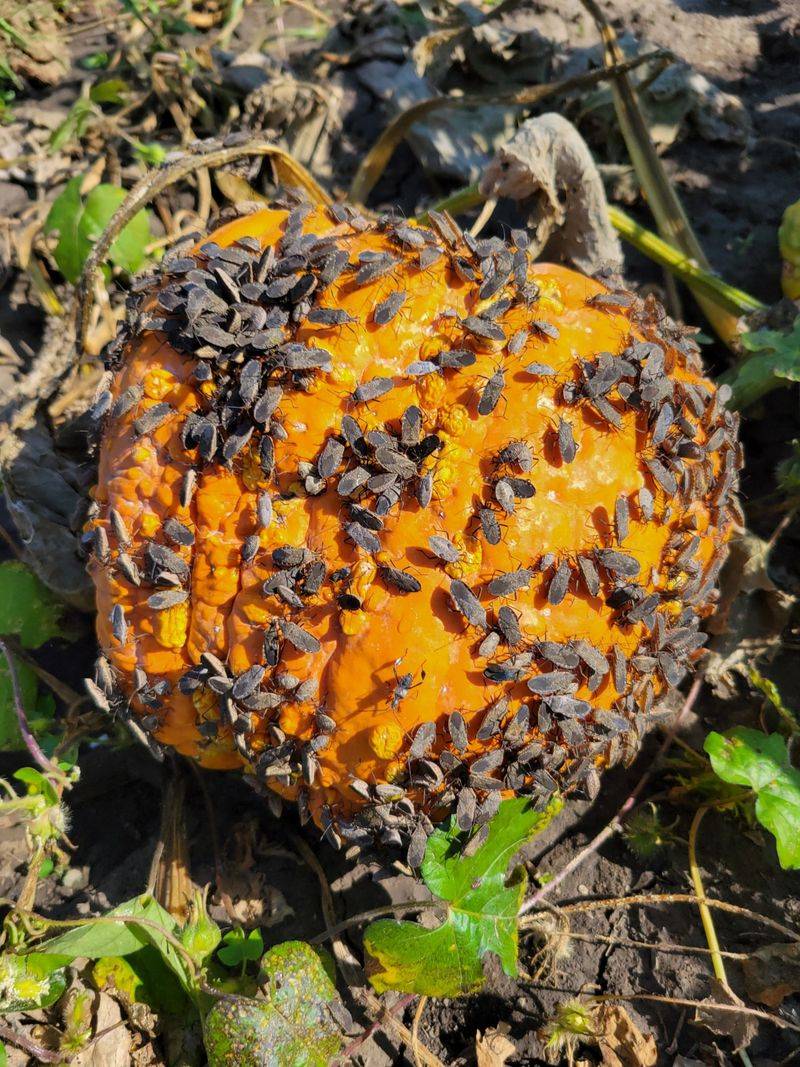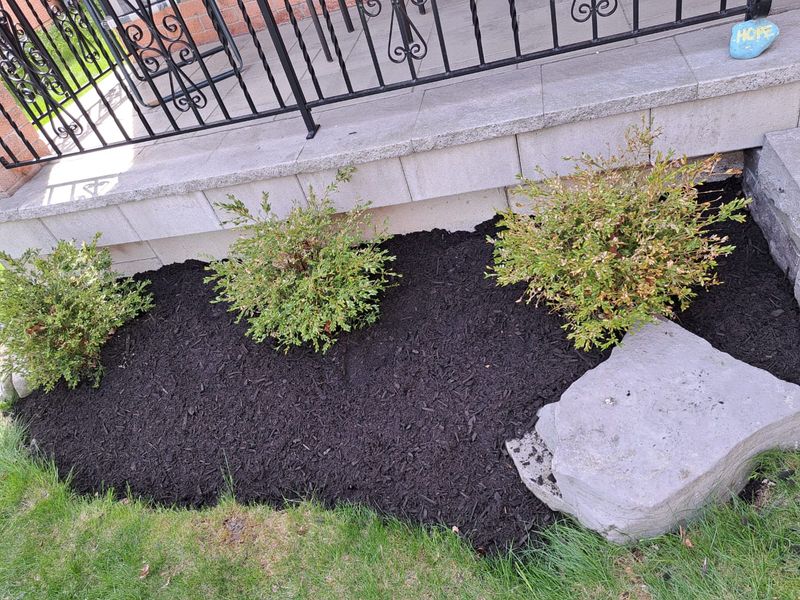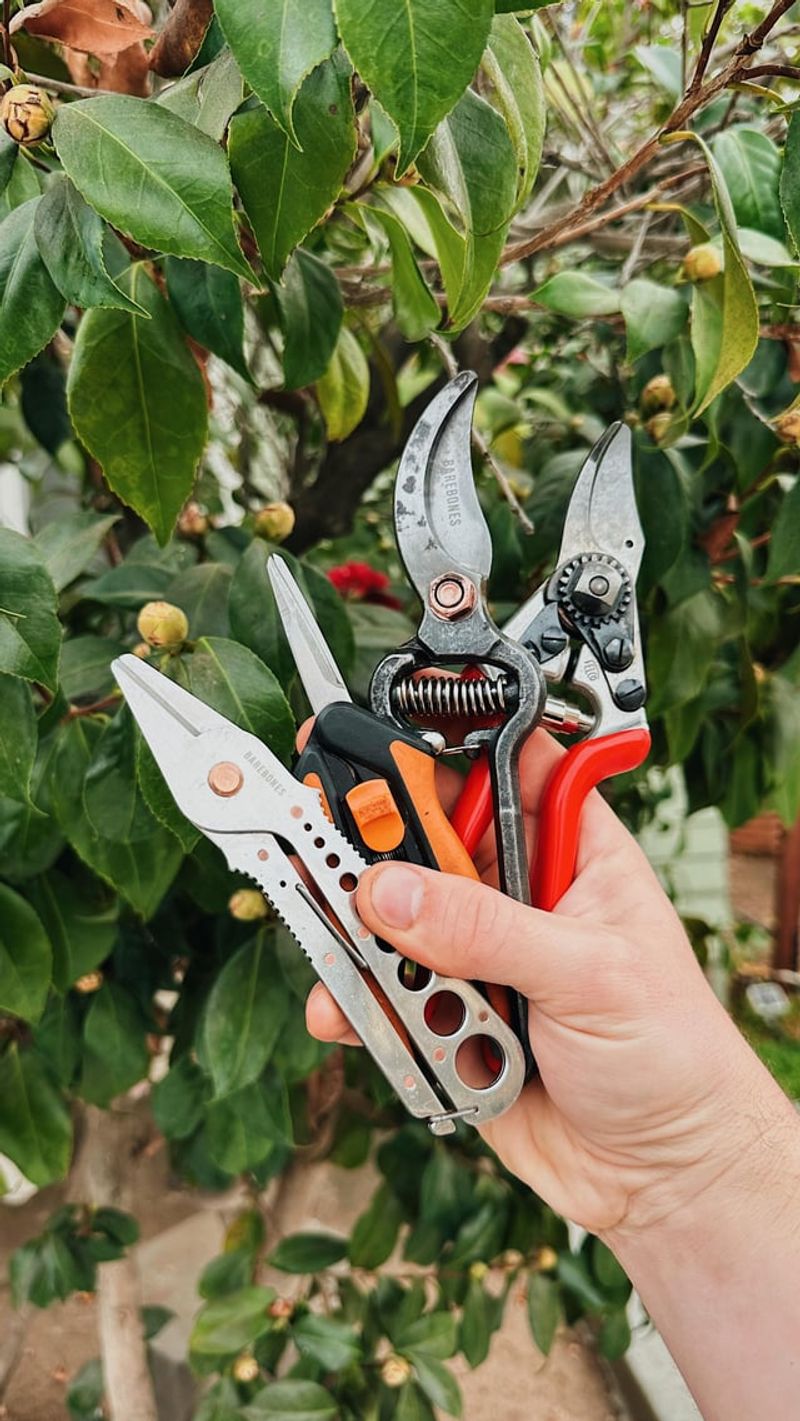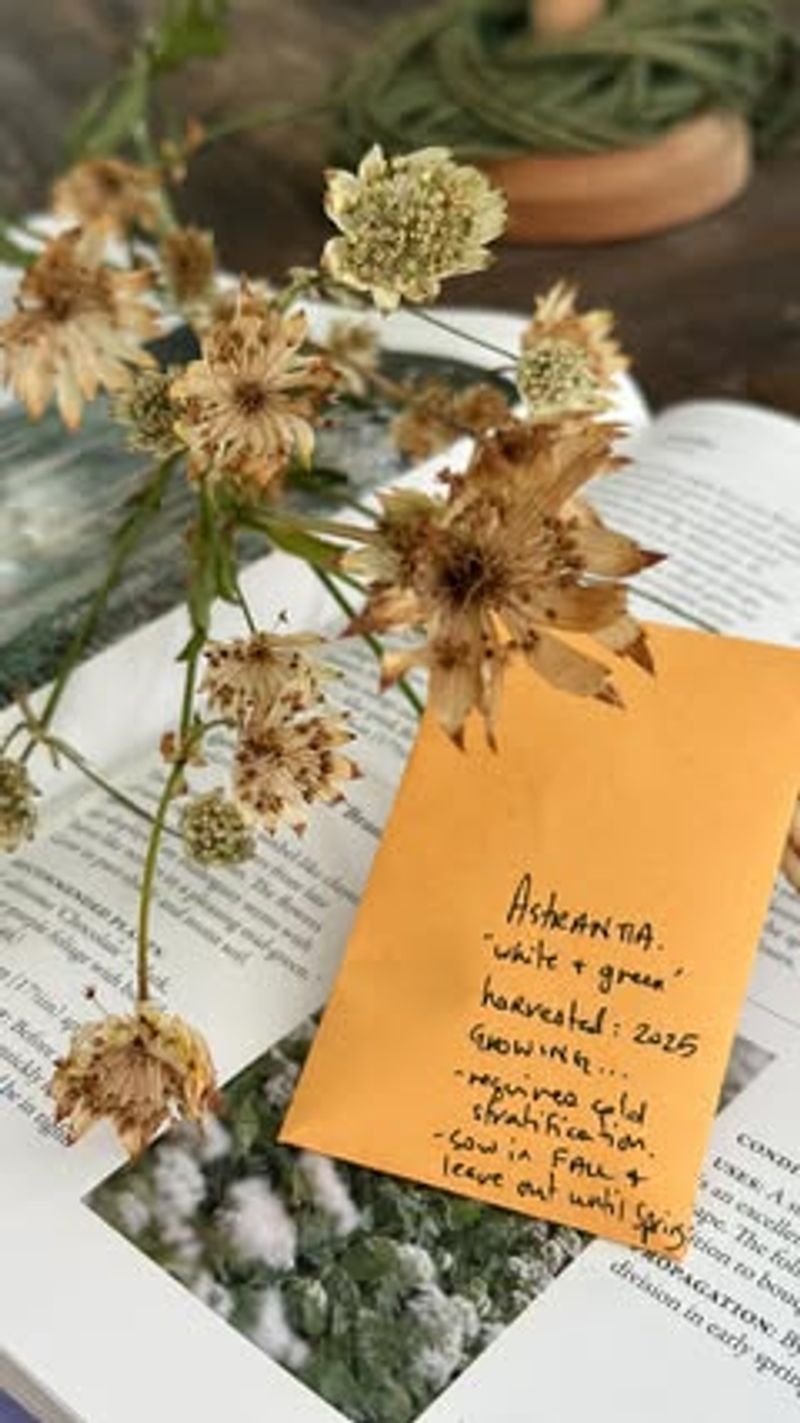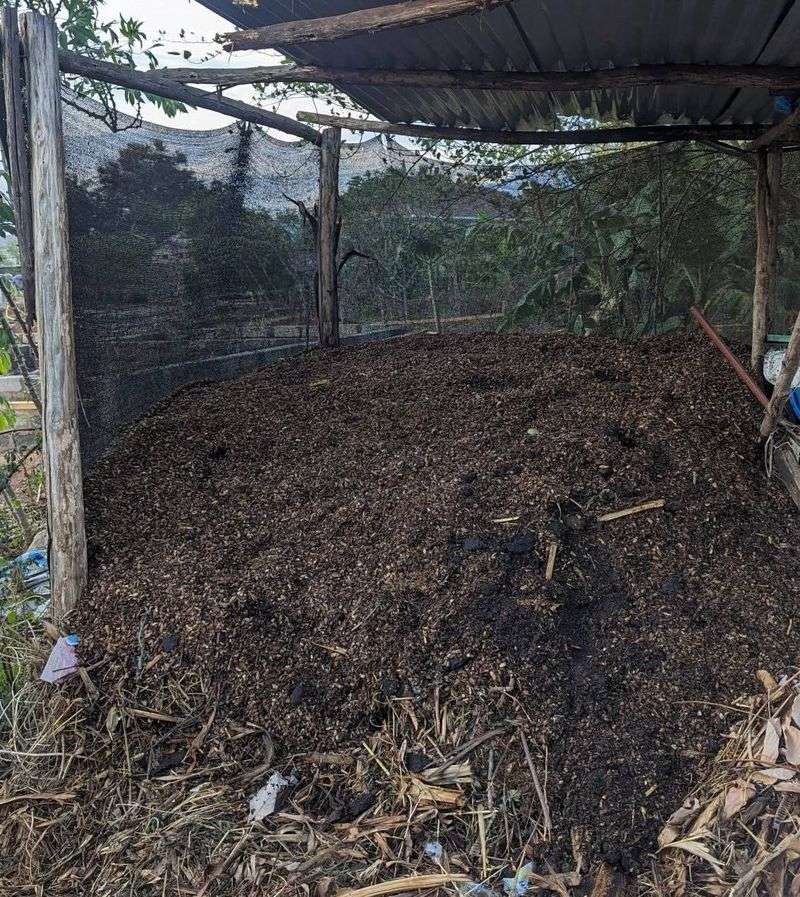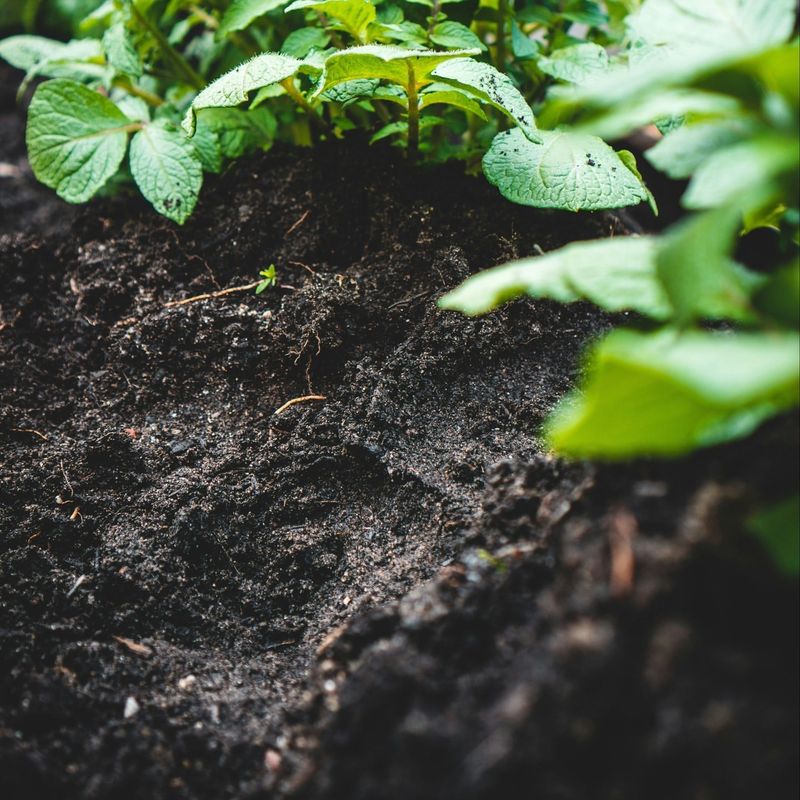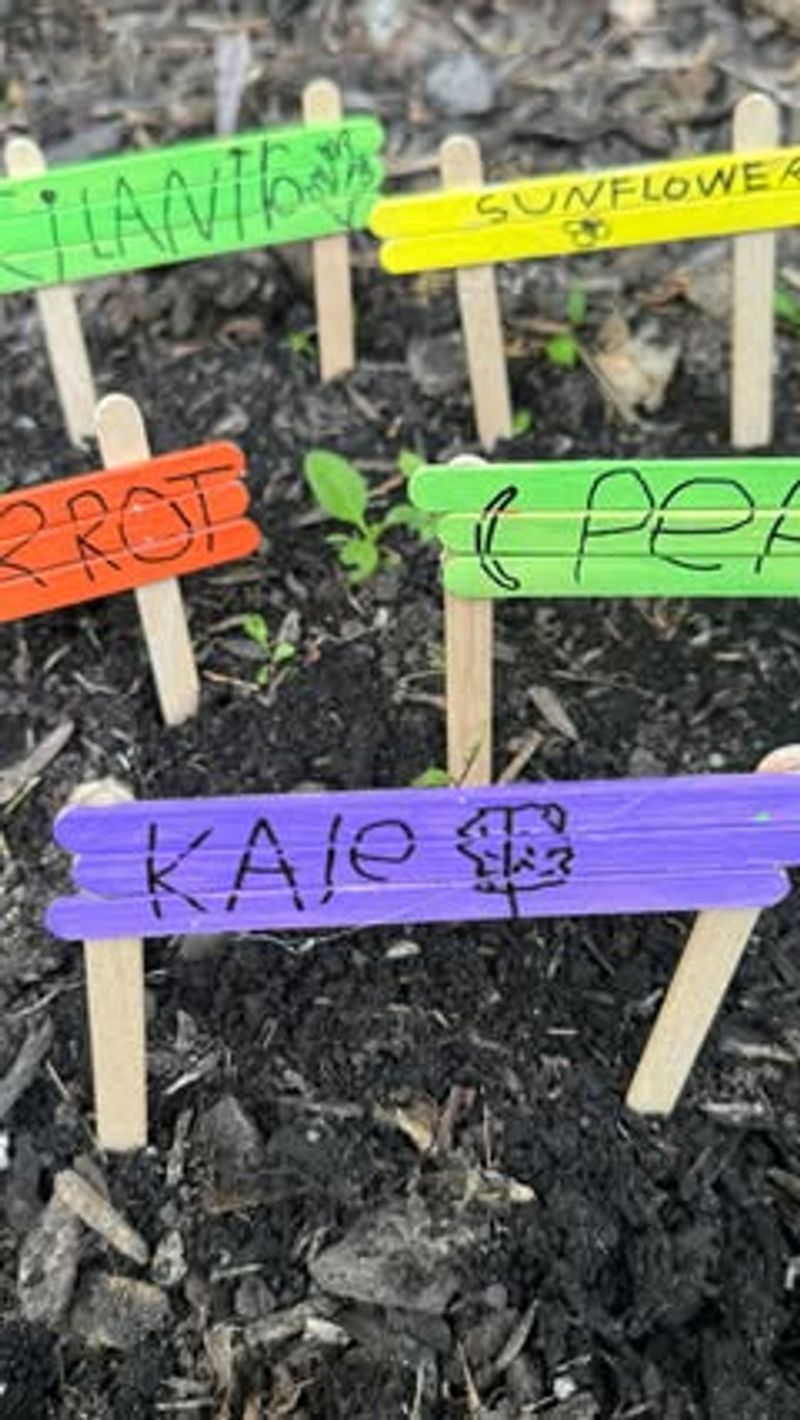Short on time in Kansas? Some garden jobs are quick, easy, and surprisingly satisfying.
I love squeezing in a few tasks between errands and watching my garden stay tidy and thriving. From pruning small plants to watering thirsty patches, a little effort goes a long way.
These 15-minute jobs keep the garden looking its best without taking over your day. With simple, speedy tasks, your Kansas garden stays happy and healthy in no time.
1. Deadhead Spent Flowers
Grab your garden scissors and take a quick tour around your flower beds. Snipping off faded blooms encourages plants to produce more flowers and prevents unwanted self-seeding across your Kansas garden.
Many Kansas favorites like coneflowers and black-eyed Susans will bloom longer when deadheaded regularly. Plus, it instantly makes your garden look tidier!
2. Pull Obvious Weeds
Set a timer and tackle those pesky invaders! Kansas soil often harbors stubborn weeds like dandelions and crabgrass that can quickly take over if ignored. Focus on one small area at a time.
The key is grabbing weeds when the soil is slightly damp after a typical Kansas rain shower. This makes extraction easier, roots and all, preventing quick regrowth.
3. Water Container Plants
Kansas summers can be brutally hot, making container plants especially vulnerable to drying out. Take a few minutes to thoroughly water pots, hanging baskets, and window boxes until water runs from drainage holes.
Morning watering works best in our Kansas climate, giving plants moisture before the midday heat. Remember that containers may need daily watering during July and August heat waves!
4. Harvest Ripe Vegetables
Nothing beats the satisfaction of gathering fresh produce! Take a basket and collect anything ready in your Kansas vegetable patch – tomatoes, cucumbers, peppers, or beans that are at their peak.
Kansas gardens often produce in bursts, especially after summer rains. Regular harvesting encourages plants to keep producing and prevents overripe vegetables from attracting pests common in our region.
5. Trim Walkway Edges
Grab your edging shears and neaten up those pathway borders! Kansas grasses love to creep into garden beds and walkways, but a quick trim creates instant definition and visual appeal.
This simple task makes a remarkable difference in your Kansas landscape’s appearance. The clean lines between lawn and walkway create that professionally maintained look without hours of labor.
6. Prune Spent Herbs
Many herbs thrive in Kansas gardens despite our temperature swings. Snip away woody stems and flower heads from basil, oregano, and mint to encourage bushier growth and prevent them from going to seed.
Kansas herb gardens respond wonderfully to regular trimming. Bonus: use your fresh cuttings in tonight’s dinner or hang them to dry for winter use when Kansas gardens are dormant.
7. Stake Floppy Plants
Kansas thunderstorms can quickly flatten tall perennials and vegetables. Take a few minutes to add support to any plants starting to lean – dahlias, tomatoes, or tall sunflowers that need a helping hand.
Simple bamboo stakes or repurposed branches work perfectly in our Kansas gardens. Secure plants with soft ties that won’t damage stems as they sway in our famous Kansas winds.
8. Refill Bird Feeders
Kansas gardens benefit tremendously from our native birds who eat insects and add life to your outdoor space. Take a moment to top up feeders with fresh seed and clean any debris from feeding platforms.
Our state’s cardinals, chickadees, and finches will reward you with constant garden visits. Place feeders where you can enjoy the view from inside during those scorching Kansas afternoons when you’re cooling off indoors.
9. Spot-Treat Garden Pests
Kansas gardens face their share of unwanted visitors. Take a spray bottle with insecticidal soap and target any leaves showing signs of aphids, spider mites, or other common pests in our region.
Early intervention prevents major infestations in your Kansas garden. Focus on the undersides of leaves where pests often hide from our intense summer sun, and treat problem areas before damage spreads.
10. Refresh Mulch Layers
Kansas soil dries quickly in summer heat. Take a few minutes to redistribute mulch that’s thinned out around your plants, ensuring a consistent 2-3 inch layer to retain moisture and suppress weeds.
Proper mulching is crucial in our Kansas climate where temperature extremes are common. Focus on areas around new plantings and anywhere bare soil is visible to maximize the benefits of this simple garden task.
11. Clean Garden Tools
Kansas clay soil clings stubbornly to garden implements. Take a wire brush to dirty tools, removing caked-on soil and applying a light coat of oil to prevent rust from our humid summers.
Well-maintained tools make every Kansas gardening job easier. Keep a bucket of sand mixed with mineral oil near your storage area for quick cleaning – just plunge tools into the mixture to clean and condition in one step.
12. Collect Seeds
Kansas gardens offer plenty of opportunities for free plants! Spend a few minutes gathering seeds from spent flowers like coneflowers, zinnias, and sunflowers that have dried on the stem.
Store collected seeds in labeled paper envelopes for next spring’s Kansas garden. Our native plants often produce abundant seeds that adapt well to local conditions, making them perfect for sharing with fellow Kansas gardeners.
13. Turn Compost Pile
Kansas gardens thrive with homemade compost. Grab a garden fork and give your compost heap a quick turn to aerate the materials and speed decomposition in our warm climate.
The hot Kansas summer accelerates the composting process. Even a partial turning introduces oxygen that activates beneficial microbes, turning garden waste into black gold for your flower beds and vegetable patches.
14. Test Soil Moisture
Kansas weather patterns can be deceiving. Take a trowel and check soil moisture a few inches below the surface in various garden areas, especially before watering during our hot summers.
This quick check prevents both over-watering and under-watering in your Kansas garden. Plants with deeper roots may still have adequate moisture even when the surface appears dry in our climate.
15. Make Plant Markers
Kansas gardens benefit from good organization. Grab some popsicle sticks or cut-up plastic containers and create quick plant markers for your herbs, vegetables, or newly planted perennials.
Clear labeling helps track what’s growing where in your Kansas garden. Use a permanent marker and note planting dates or variety names – especially helpful when planning next year’s garden to account for our unique growing conditions.

